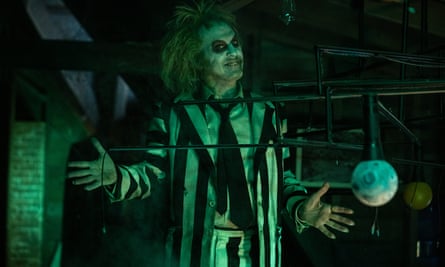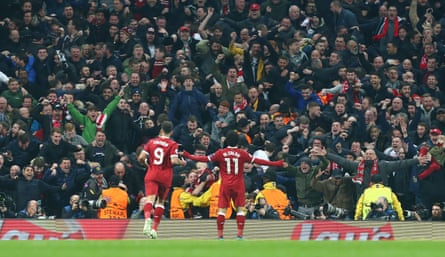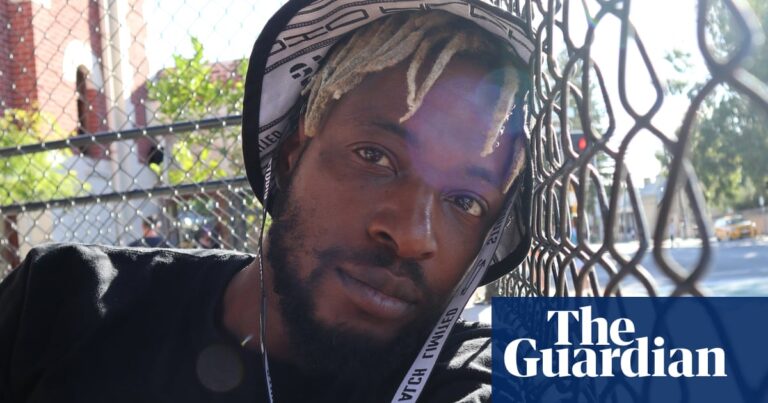Brat summer is yesterday’s news. Brace yourself for horror autumn, which offers something for everyone. Like it elevated? Try Red Rooms, in which a Canadian model becomes obsessed with a serial killer on trial for torturing women to death on the dark web. Partial to French feminist auteur extremism? Look no further than Coralie Fargeat’s The Substance, with Demi Moore as an ageing actor who subjects herself to the sort of body horror more usually associated with early David Cronenberg than with the star of Ghost. Enjoyed Hugh Grant’s villain in Paddington 2? Watch him repurpose his malicious charm to more sinister effect in Heretic, written and directed by A Quiet Place scribes Scott Beck and Bryan Woods.
Horror is the little genre that could. While 2024’s tentpole releases were struggling, before the summer’s double whammy of Inside Out 2 and Deadpool & Wolverine, horror never stopped plugging away, week after week, mostly under the critical radar. Films such as Immaculate and Abigail reaped healthy returns, while Oz Perkins’ breakthrough hit, Longlegs, has made almost 10 times its budget. Horror doesn’t require lavish spending or costly stars and its loyal fans will happily turn up to watch any old devil doll, nun or exorcism, ever hopeful of stumbling across an inspired nugget of nastiness.

The unleashing of scary films traditionally goes into overdrive in the run-up to Halloween and this year is no exception. Fancy some English folk horror? Here are Matt Smith and Morfydd Clark as grieving parents digging into rural Yorkshire’s pagan past in Daniel Kokotajito’s Starve Acre. Perhaps Euro horror given an English-language makeover is more your style? James Watkins’ Speak No Evil, a remake of Christian Tafdrup’s 2022 Danish psychothriller, stars James McAvoy and Aisling Franciosi as a chummy British couple who invite an American family they meet on holiday to spend the weekend at their lovely country house. (But will it preserve the grim ending, like the Funny Games remake, or chicken out, like Hollywood’s The Vanishing?)
Horror’s fingerprints are everywhere, not just in the grindhouse and VOD, but in mainstream multiplex fare and critically adored arthouse hits. Deadpool & Wolverine shows an explicit telekinetic flaying. In Love Lies Bleeding, one character vomits up another in a steroid-fuelled hallucination. Horror tropes are no longer a barrier to films being nominated for awards: Andrew Haigh’s All of Us Strangers is a ghost story; Yorgos Lanthimos’s Poor Things leans heavily into Frankenstein imagery, mad scientists and brain transplants.
At the other end of the scale, low-budget film-makers regularly tweak horror formulas and dabble in experimentation, as can be seen every August at FrightFest in Leicester Square, central London. Chris Nash’s In a Violent Nature recently rejigged the slasher subgenre, presenting a story from the masked killer’s point of view, but this year JT Mollner juices up the serial-killer thriller with Strange Darling, which looks likely to be this year’s Barbarian (so you should avoid reading about it in advance if you want to savour its destabilising non-linear narrative). And watch out for Joe DeBoer and Kyle McConaghy’s Dead Mail, which parlays its 1980s smalltown setting into a twisted tale of mad love, synthesisers and the US postal service.
Of course, horror hasn’t escaped the sequels, reboots and IP recycling prevalent in other genres. Tim Burton’s Beetlejuice Beetlejuice revisits the afterlife of his 1988 horror-comedy favourite. Low-end franchise-lovers can choose between Hellboy: The Crooked Man, Smile 2 and Terrifier 3. And Stephen King fans can look forward to another remake of Salem’s Lot. (But will the vampires be as frightening as the small boys scratching at the window in Tobe Hooper’s 1979 mini-series?)

It remains to be seen whether Lady Gaga can disrupt the nihilistic “incel” trajectory of sociopathic Arthur Fleck in Todd Phillips’ Joker: Folie à Deux. The R-rated trailer for Marvel’s Kraven the Hunter promises bloodletting aplenty and features Russell Crowe, who is carving out a name for himself as an exploitation fixture. Meanwhile, Ridley Scott’s sequel to Crowe’s 1999 hit Gladiator is sure to serve up lashings of CGI splatter in the arena – and if it doesn’t, we want our money back. And the chills keep on coming, with Robert Eggers’ Nosferatu and Leigh Whannell’s Wolf Man hitting multiplexes early in the new year.
In the old days, horror was reviled as only a small step up from pornography; now, it is a force to be reckoned with – reliably profitable, creatively flexible and infinite in its variety, from goth-lite to full-on gruesome. Paradoxically, it also provides a refuge from the real-life atrocities in the news. By placing the horror safely on screen, within storytelling boundaries, the genre encourages audiences to escape or confront their fears and anxieties and, if only temporarily, surmount them.
Source: theguardian.com

















